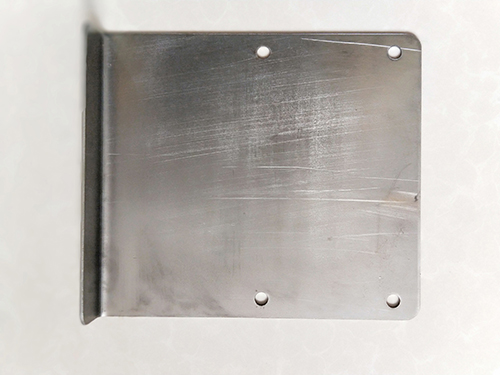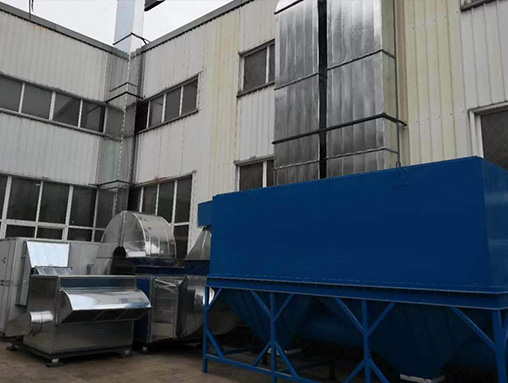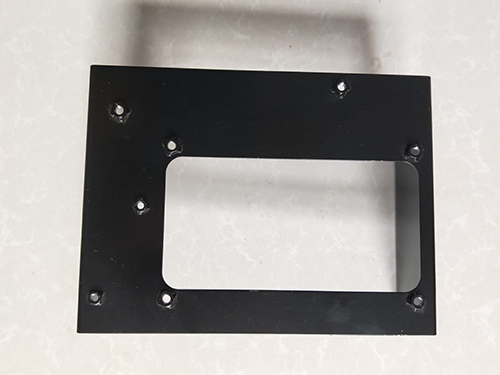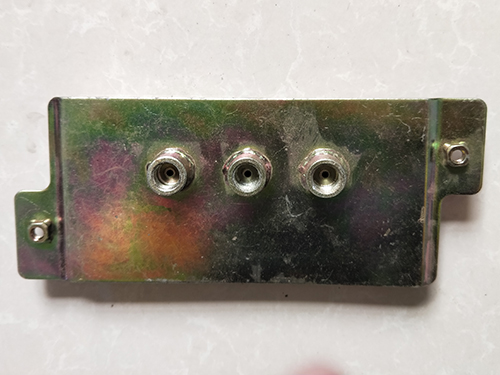Material selection of metal stamping parts and working principle of braking syst
A Brief Analysis of the Working Principle and Common Malfunctions of Automotive Braking Systems. Automotive braking systems are an important system for driving cars. In order to reduce the occurrence of traffic accidents and improve the performance of cars, this article briefly analyzes the working principle and common faults of automotive braking systems.
Metal stamping parts; Points to note when selecting materials:
1. In terms of steel plate specifications, whether it is a fixed length plate or a coil plate, materials of the same material and thickness have different sales prices depending on the coil width. So, in order to reduce costs, efforts should be made to formulate the width of the purchased rolls, and to select a roll width range that does not increase the price as much as possible under the premise of material utilization. For fixed length plates, it is advisable to choose appropriate specifications and sizes. After cutting from the steel mill, there is no need for secondary cutting to reduce cutting costs; For coil plates, it is advisable to choose the specifications and process of the coil material formed by unwinding to reduce the workload of secondary shearing and improve work efficiency.
2. There is a requirement for deviation in the thickness of the board, and usually within the allowable range of deviation, the board with the lower deviation should be selected first.
3. Determining the shape and size of the unfolded sheet metal for stamping parts is a prerequisite for analyzing the degree of deformation of stamping parts, designing processability, and formulating process specifications. If the shape of the sheet metal is suitable, not only can the uneven distribution of deformation along the sheet metal be obvious, but the forming can also be improved, and the height of the protrusions can be reduced, reducing the margin of cutting. In addition, for some parts that are directly formed after cutting, if the shape and size of the sheet metal can be provided, it can reduce the number of trial mold adjustments, thereby shortening the production cycle and improving productivity.
4. When selecting materials for product design, avoid using high-grade materials that may result in excessive product performance. At the same time, while meeting product and process requirements, try to choose materials and thicknesses used in existing mass-produced models to form a material platform, providing convenience for subsequent procurement and inventory management. The key performance requirement for ordinary cold-rolled plates is their stretchability, so it is advisable to choose lower grade materials as much as possible while meeting the requirements of product quality. For the selection of material thickness, in addition to considering the strength and weight of the formed body, attention should also be paid to the popularization of material thickness. Due to the thickness of the material, it is difficult for suppliers to supply, and the price is also high.
With the development of technology and society, the number of cars is increasing, and road traffic accidents caused by cars are becoming more and more serious. Among them, the poor operation of the car braking system is the main cause of accidents. In order to reduce the traffic accident rate and improve the driving and braking performance of the car, this article mainly analyzes the composition, working principle, and common faults of the car braking system.
Composition and Working Principle of Automotive Braking System
In order to enable cars to travel in complex and changing road traffic conditions and improve transportation efficiency, cars need to constantly control their speed during the driving process. This requires a system that can slow down the car in a timely manner to a stop and park the car securely. This system is called the car braking system. The braking system is an important component of the automotive chassis, occupying a crucial position in the chassis structure and playing a pivotal role.
1. Composition of hydraulic braking system
According to the different power sources, automotive braking systems are generally divided into pneumatic braking systems and hydraulic braking systems. Taking the hydraulic brake system as an example, Figure 1 shows the general composition of the hydraulic brake system, including pedals, vacuum boosters, master cylinders (brake master cylinders), slave cylinders (brake wheel cylinders), proportional valves, etc.
2. Working principle of braking system
The wheel brake is an important component of the braking system, which can be divided into drum brakes with brake drums as braking elements and disc brakes with brake discs as braking elements according to different structures. (1) When the braking system is not working. When the car is driving normally, the gap between the brake shoe and the brake drum allows the wheels to move normally. (2) When the braking system is working. Stepping on the brake pedal, the master cylinder and wheel cylinder are connected, and the hydraulic pressure generated by the system is pushed by the wheel cylinder piston to push the brake shoes, causing the friction pads on the brake shoes to press against the brake drum, generating sufficient braking force to stop the brake drum and brake the car. (3) Release the brake. When the brake pedal is released, the force of the return spring is greater than the hydraulic pressure of the system, pulling the brake shoe back, creating a gap between the brake shoe and the brake drum, and the braking force disappears, allowing the car to travel freely. In order to improve the driving performance of cars, there are many requirements for the braking system, and the braking capacity of the brakes should be sufficient to ensure that the vehicle stops stably within the specified range in a timely manner; The manipulation should be lightweight; Stable direction and improved driving performance; The lag should be small, braking should be timely, and work should be done.







